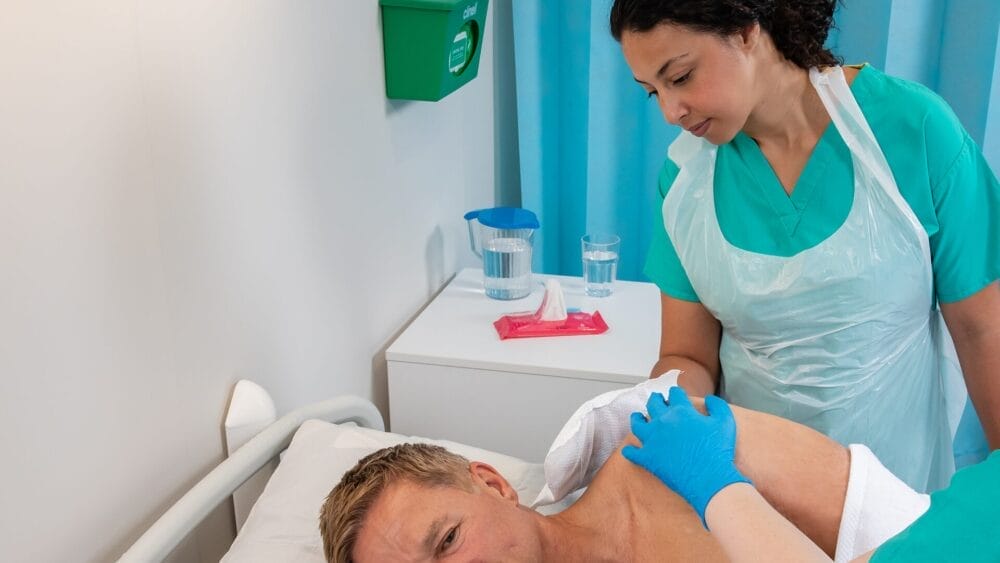Posted
20th January 2023
Research
We discuss the new Omicron sub-variant (XBB.1.5), whether it’s more transmissible than other variants and how to prevent similar respiratory viruses from spreading.
When did the Omicron variant first emerge?
The emergence of the Omicron SARS-CoV-2 variant around December 2021 was a game-changer for the COVID-19 pandemic. Whilst being more transmissible than previous variants, resulting in more widespread transmission than ever before, it was also less virulent, resulting in a lower risk of hospitalisation and death.
Related article: Omicron: why all the fuss?
This, combined with widespread vaccination, has allowed governments around the world to release COVID-19 prevention measures and for most of us to get back to something close to pre-COVID “normal” life.
Is the new Omicron sub-variant a cause for concern?
However, a new Omicron sub-variant, called XBB.1.5 is on the scene. Is this variant a cause for concern, which could take us back in the direction of lockdowns, mass testing, and disruption to the economy? The short answer is no!
Omicron has sub-divided into several different lineages since it burst on the scene in late 2021. The most common Omicron sub-type is “BQ1”. However, this is being replaced by newly emerging sub-variant XBB.1.5. Following a risk assessment by UK Health and Security Agency (UKHSA), XBB.1.5 has not been designated as a “Variant of Concern” (or VOC for short). This means that it does not threaten to change the COVID-19 landscape or risk profile across the United Kingdom.
Related article: Latest updates on SARS-CoV-2 variants detected in the UK.
How transmissible is the XBB.1.5 variant?
The early signs are that XBB.1.5 is indeed more transmissible than BQ1, and it is likely to effectively replace BQ1 as the dominant Omicron sub-type. But it is unlikely to be more virulent than BQ1 (and there is a strong chance that it will be less virulent), and the level of immunity generated either through natural infection with previous variants or vaccination is unlikely to be challenged by XBB.1.5.
Can we expect to see a “roll back” to widespread non-pharmaceutical interventions to prevent the spread of XBB1.5, like lockdowns and more mass testing? Whilst the picture is still emerging and there is still some uncertainty, this seems very unlikely. Baring the emergence of a surprising new virulent, which has increased virulence combined with the ability to spread readily, it seems unlikely that we’ll ever go back to interventions of that kind.
It seems more likely that different variants will come and go, but there will be less scrutiny on the individual variant and more focus on the overall picture, as we currently see with other respiratory viruses like influenza.
Related article: Are we heading towards a “twindemic” of COVID-19 and flu this winter?
How to prevent viruses spreading?
It still remains true that the best way to prevent the spread of any respiratory virus is vaccination combined with good basic preventative practices (like ventilation, and respiratory, surface, and hand hygiene).
Related article: Clinell efficacy against coronavirus
If you’d like to read more research from the GAMA Healthcare team head to the Research section on our blog. Help spread the word by sharing this article on social media.
SHARE THIS ARTICLE
Tags
Latest News
Introducing HEXI HUB: A seamless transition in our product line
We’re pleased to announce an update to our product offering…
Innovative solutions for tackling Carbapenemase-producing Enterobacteriaceae (CPE) at King’s College Hospitals
King’s College Hospital NHS Foundation Trust, one of London’s largest…
Gloves Off: reducing unnecessary plastic waste during environmental cleaning and disinfection
In this blog, Dr Phil Norville discusses the momentum-gaining ‘Gloves…
Gloves Off: Navigating SDS sheets and skin safety claims in environmental decontamination products
In this blog, James Clarke (Head of R&D, Science &…





